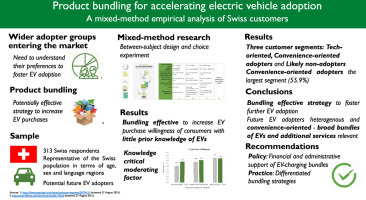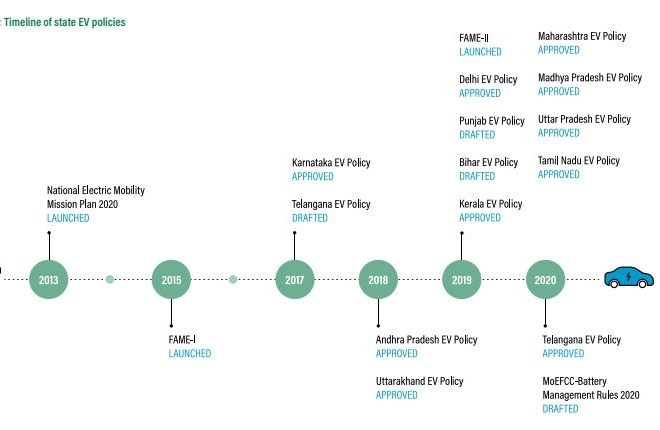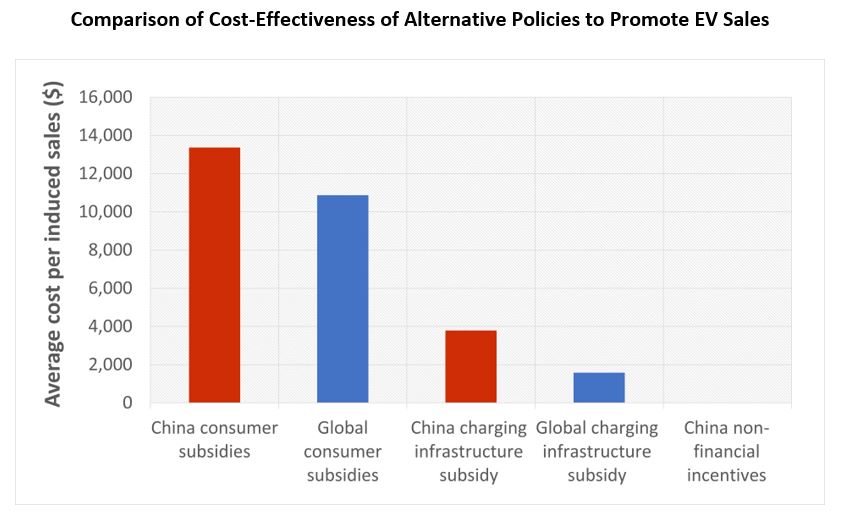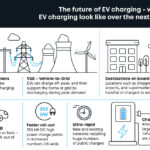Electric vehicles (EVs) have become increasingly popular in recent years, thanks in part to government incentives. Governments around the world have implemented policies to help promote the adoption of EVs, and the results have been staggering. From tax credits to infrastructure investment, these incentives are making EVs more accessible and attractive to drivers. In this article, we’ll explore the role that government incentives can play in promoting EV adoption and how they can benefit society as a whole.
Overview of Government Incentives for EV Adoption

Government incentives are an important factor in promoting EV adoption. Incentives come in the form of discounts on purchase, tax credits, access to high-occupancy lanes and more. For example, the US federal government offers tax credits of up to $7,500 for the purchase of qualifying electric vehicles. Many states also offer additional credits, such as California’s Clean Vehicle Rebate Project, which offers up to $2,500 in rebates for the purchase of an EV. Other incentives include access to high-occupancy vehicle lanes and lower registration fees. These government incentives encourage people to make the switch to EVs, helping to reduce emissions and improve our environment.
Benefits of Government Incentives for EV Adoption

Government incentives are essential for the adoption of electric vehicles (EVs). These incentives can help reduce the cost of owning an EV, making it more affordable for people. This can encourage more people to switch from traditional vehicles to EVs, which can lead to a decrease in emissions. Additionally, government incentives can encourage the development of better electric car technology, which can make EVs more efficient and reduce their costs even further. Ultimately, these incentives can help reduce the environmental impact of transportation and promote the adoption of EVs.
Challenges of Implementing Government Incentives for EV Adoption

Implementing government incentives for EV adoption can be a challenge because of the complexity of the process. Governments need to consider the costs of setting up and maintaining the incentives, as well as the potential benefits of encouraging EV adoption. They also have to consider the impact of the incentives on other industries and stakeholders, such as oil and gas companies, who may be negatively impacted by increased EV adoption. Additionally, governments need to be mindful of the environmental and financial implications of EV adoption. Lastly, governments must be aware of how their incentives may affect consumer behavior and market dynamics.
Examples of Government Incentives for EV Adoption

There are many government incentives that aim to promote the adoption of electric vehicles. For example, in the US, the federal government offers tax credits of up to $7,500 depending on the model and size of the battery. Additionally, some states offer further incentives such as rebates, lower registration fees, and access to HOV lanes. Furthermore, electric vehicle charging stations are becoming more accessible with subsidies from governments, making it easier for electric vehicle owners to charge their vehicles. These incentives have proven effective in encouraging people to switch to electric vehicles and combat climate change.
Best Practices for Creating Government Incentives for EV Adoption

Creating government incentives for EV adoption is key for increasing the number of electric vehicles on the road. Governments can promote EV adoption by providing tax credits, subsidies, free parking, and other benefits. It is also important for governments to provide public charging infrastructure and offer financial incentives for businesses to install EV charging stations. Governments should also educate the public on the benefits of EV ownership, and create campaigns to encourage people to buy EVs. Lastly, governments should work to create a supportive EV industry environment, by providing research and development funding, creating regulatory policies, and offering tax breaks for EV manufacturers.





GIPHY App Key not set. Please check settings